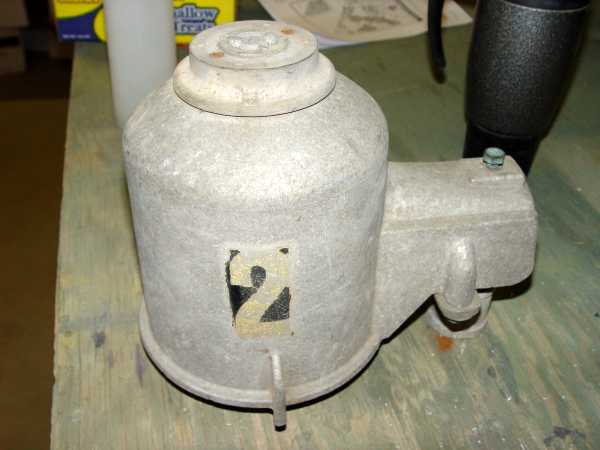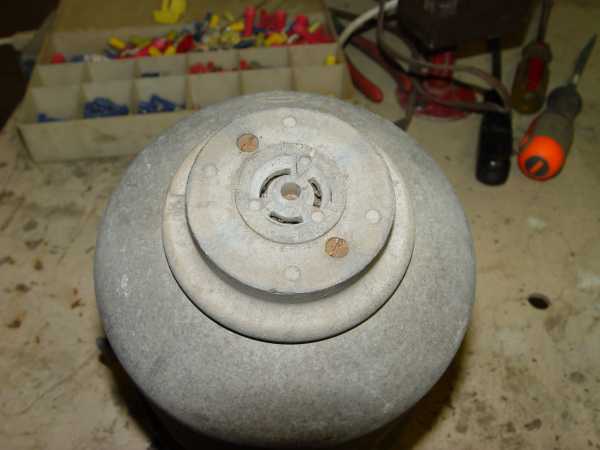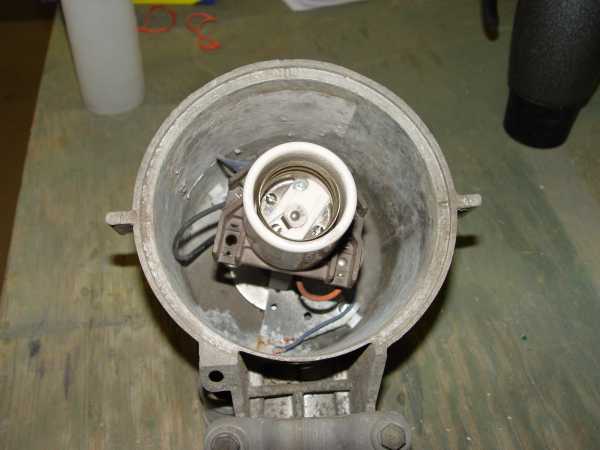Willis Lamm's
|
|
Line Material (L-M) Spherolite Street Light |
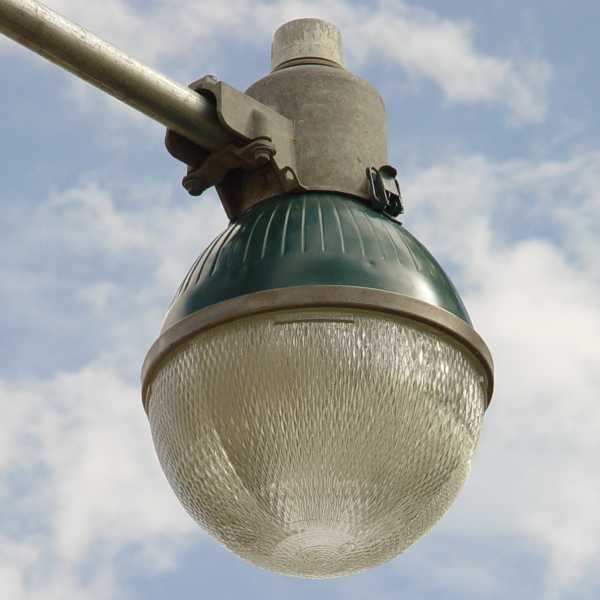
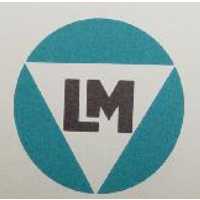 Spherolite street lights made their appearance in the 1940s and were designed for residential areas and similar locations where high intensity was not needed and where most of the light produced was directed down and not to the sides. Spherolite refractors were similar to traditional Form 79 gumballs and did not emit as much side light as teardrop or acorn refractors.
Spherolite street lights made their appearance in the 1940s and were designed for residential areas and similar locations where high intensity was not needed and where most of the light produced was directed down and not to the sides. Spherolite refractors were similar to traditional Form 79 gumballs and did not emit as much side light as teardrop or acorn refractors.
|
How the Spherolite compares with other pendant refractors.
(L to R) Spherolite, Jr., Spherolite and hinged refractor Teardrop.
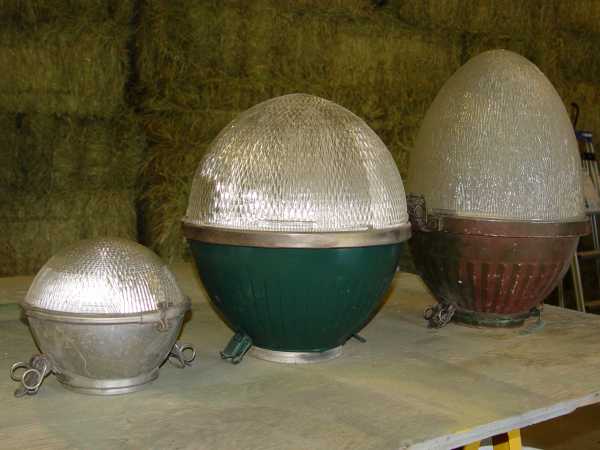
With the advent of affordable 68 watt (300 watt equivalent) CFLs,
These old lamps can be placed in service for great low cost area lighting.
Here is the restored Spherolite in service behind the work shop.
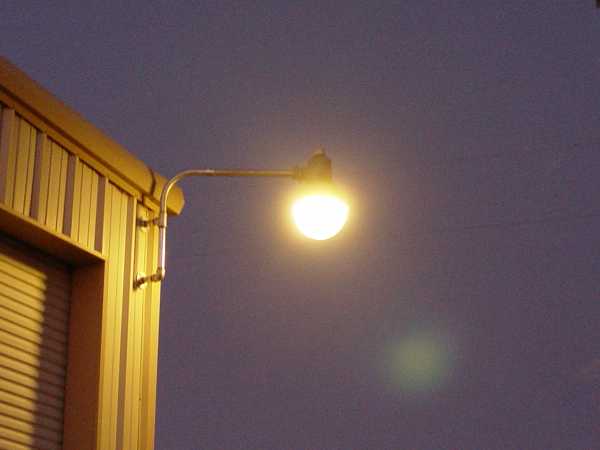
Continue to
Line Material Spherolite, Jr.
